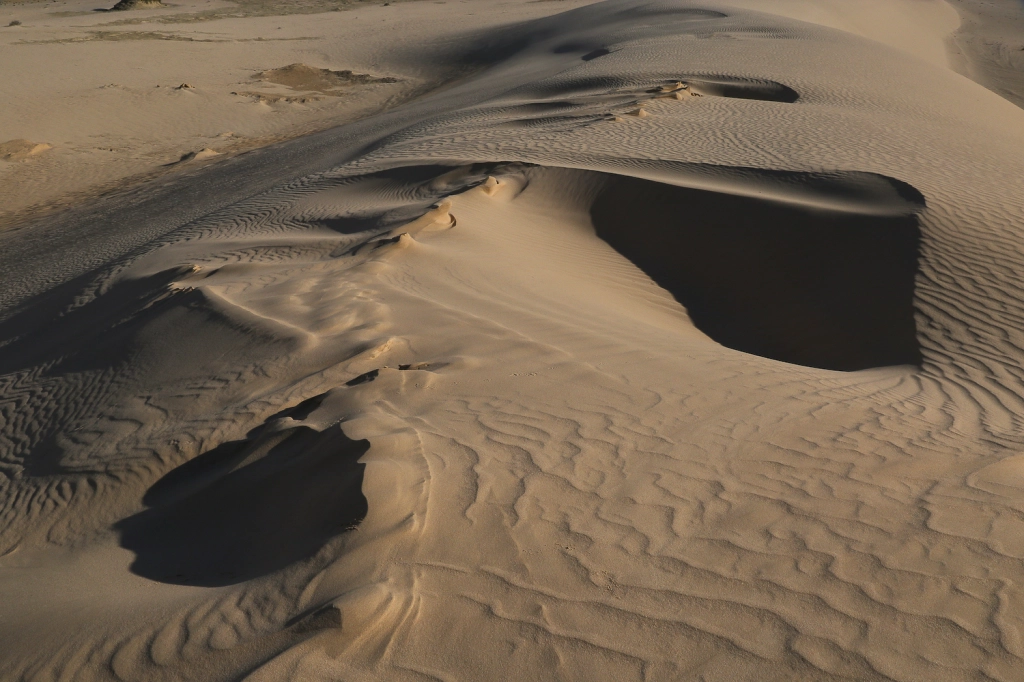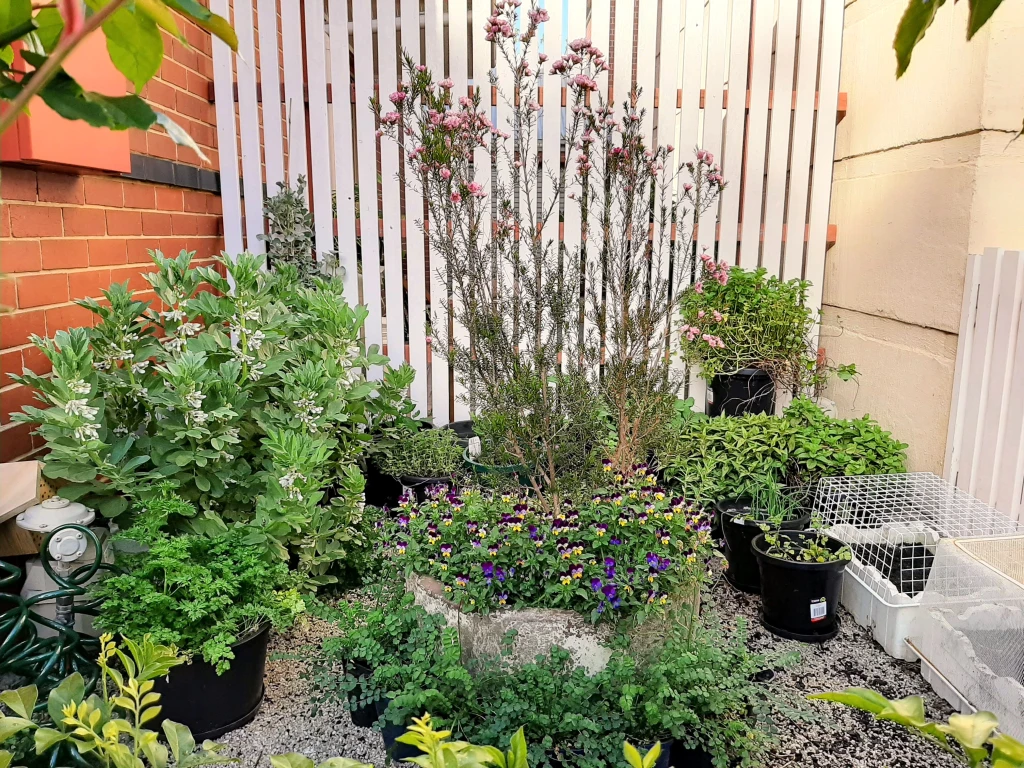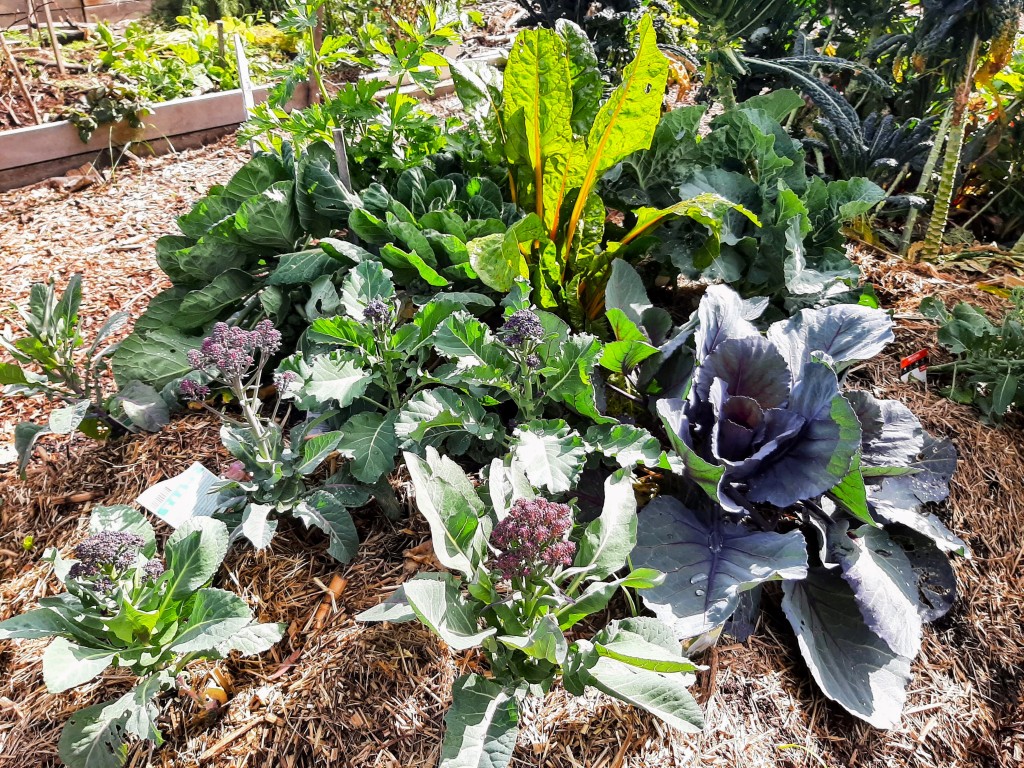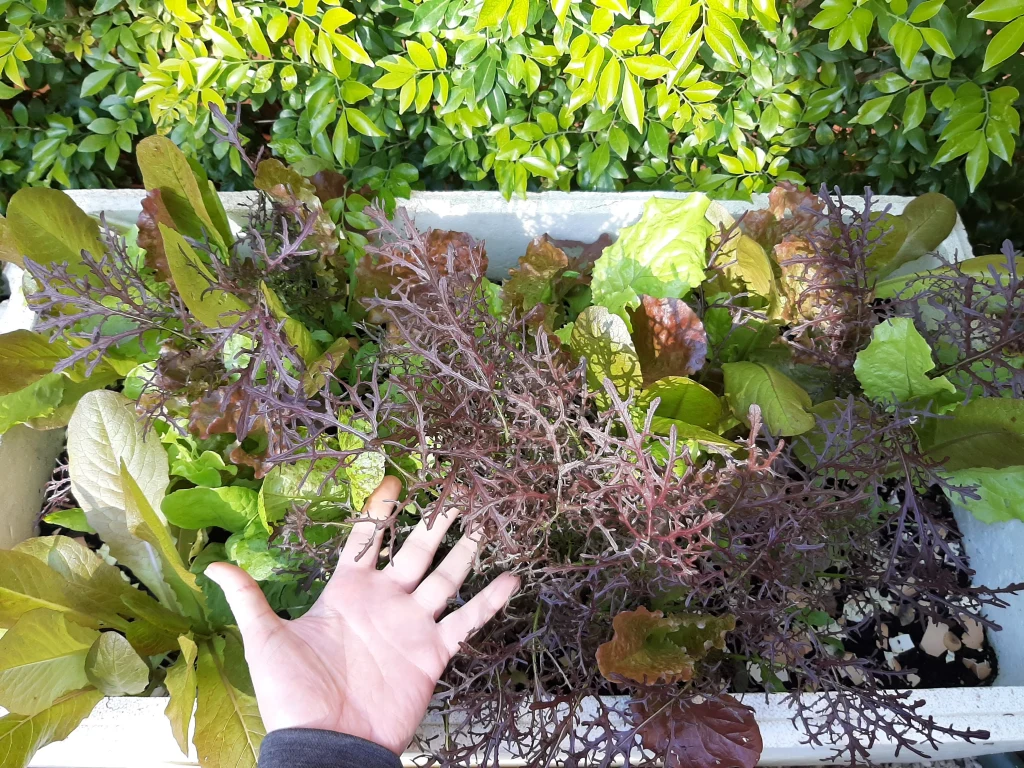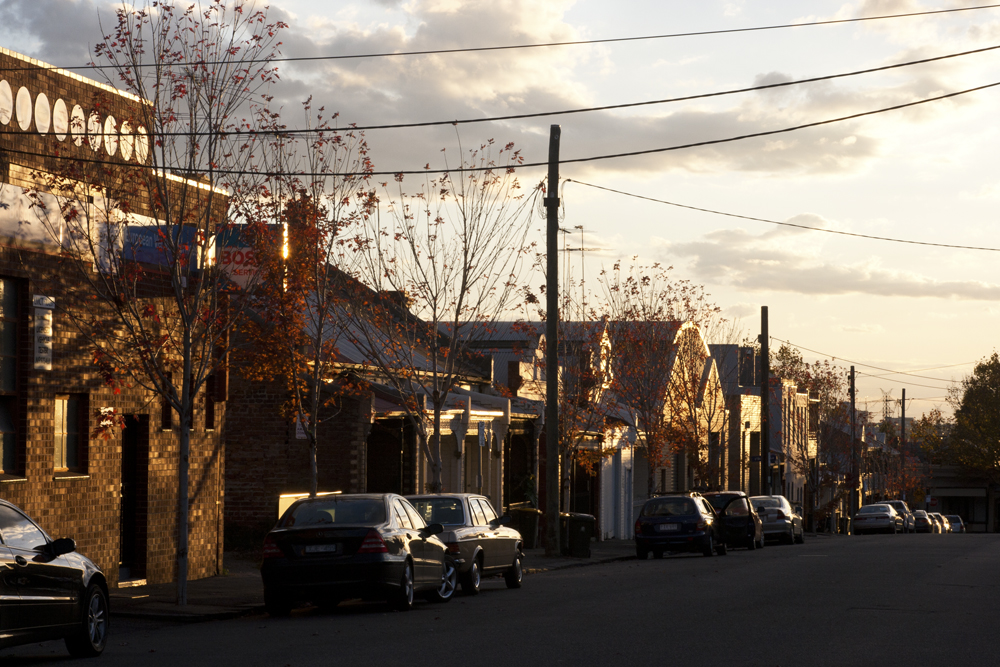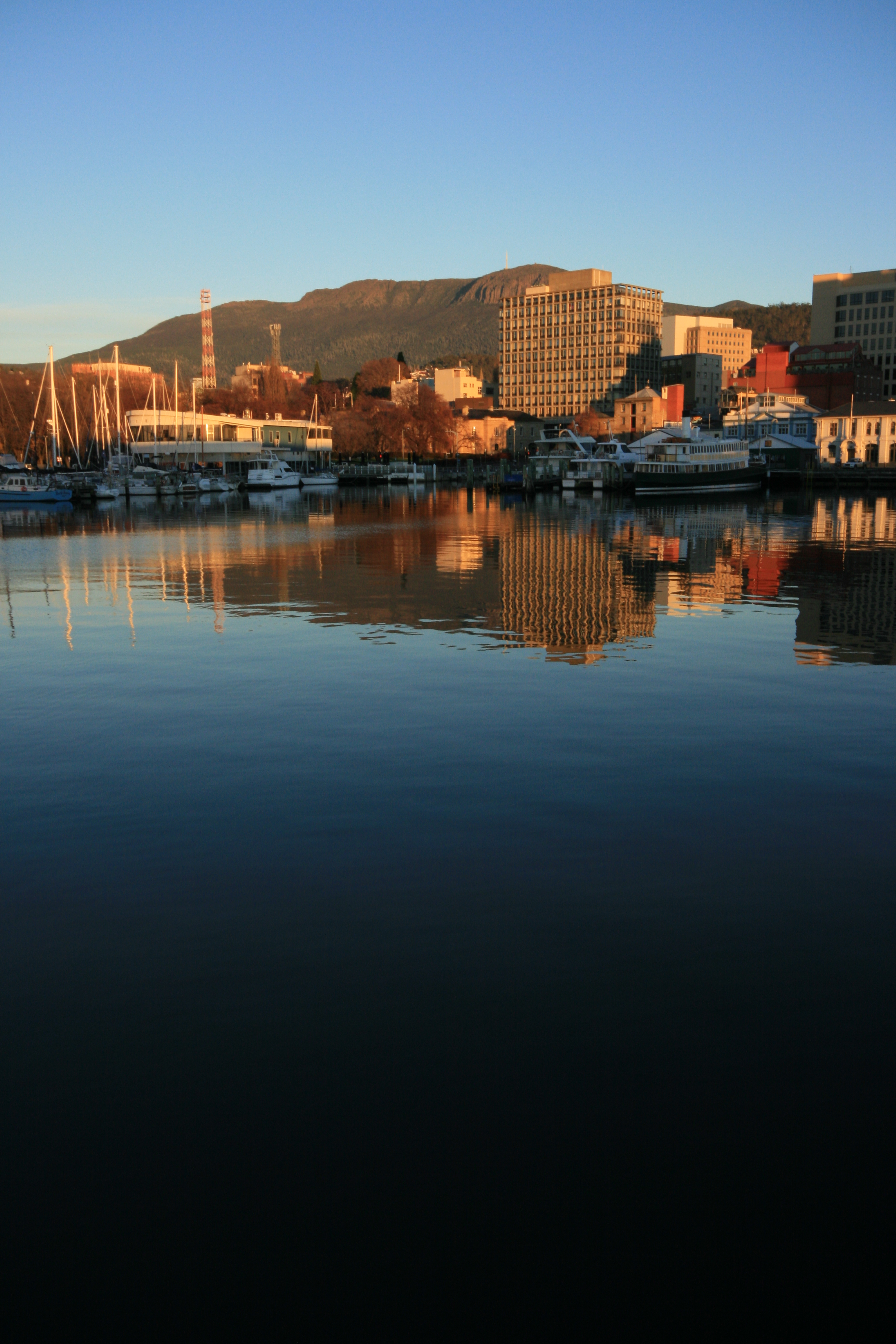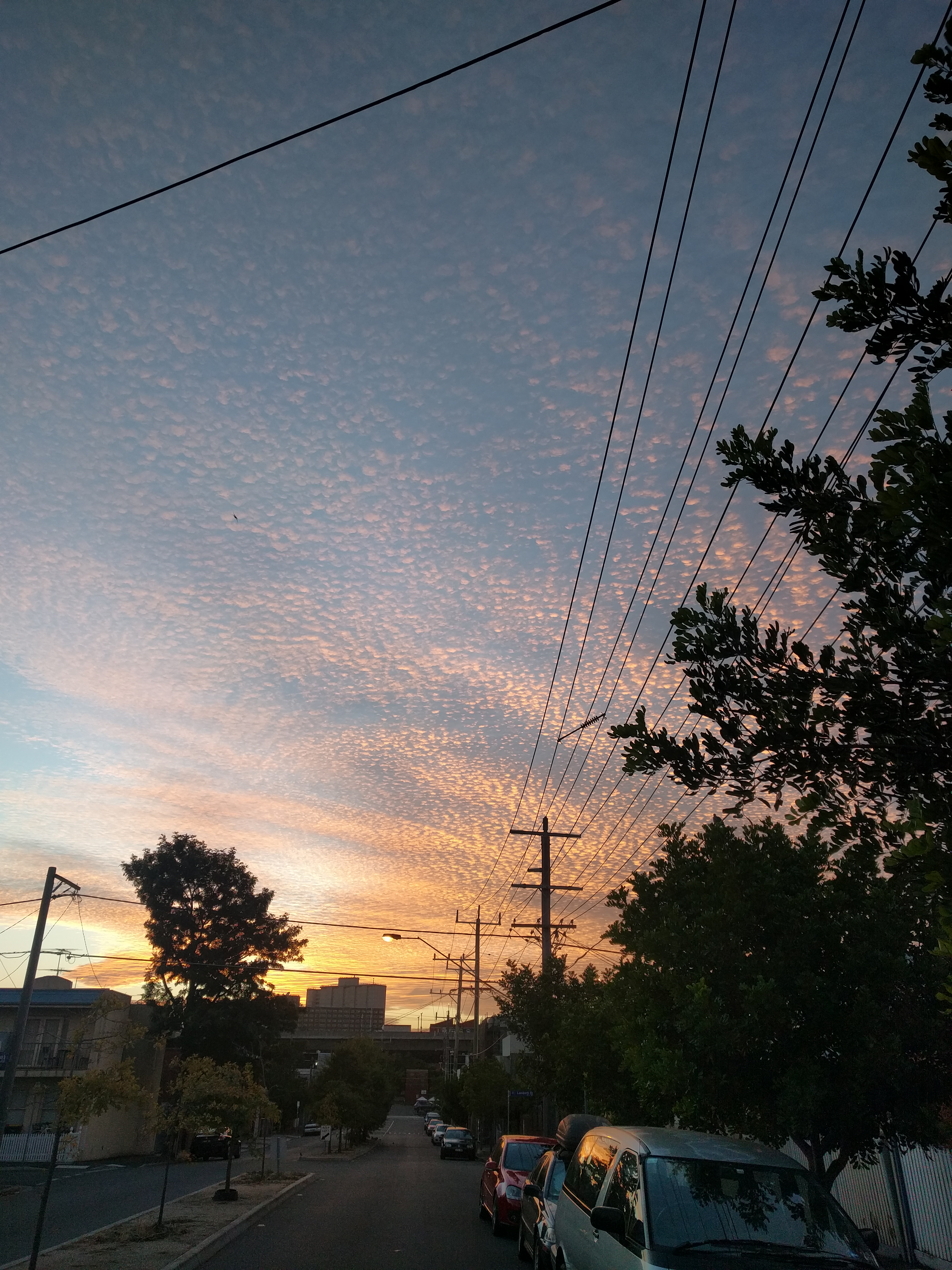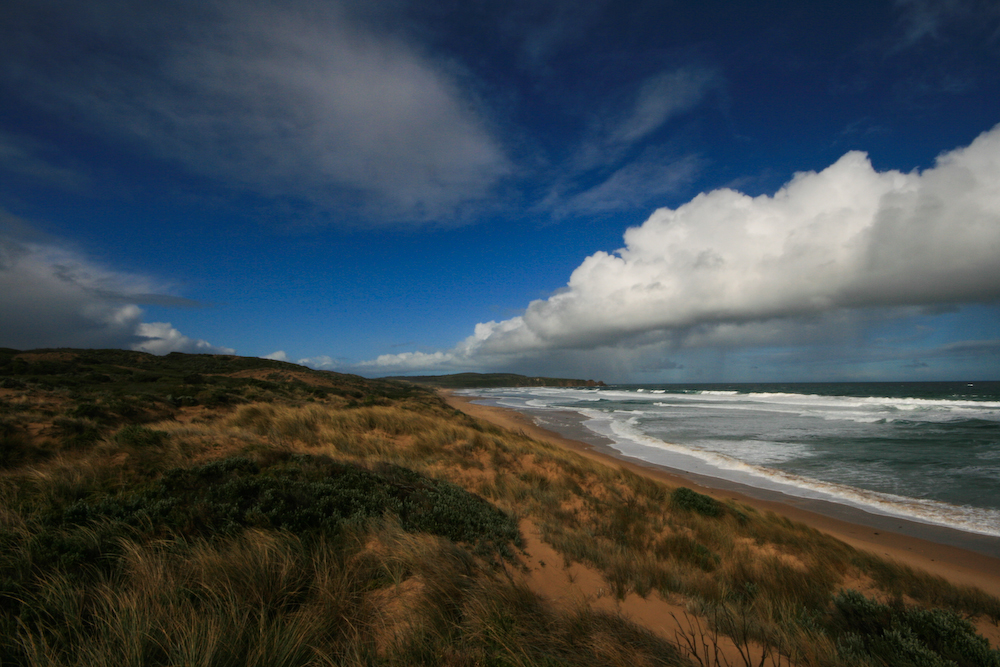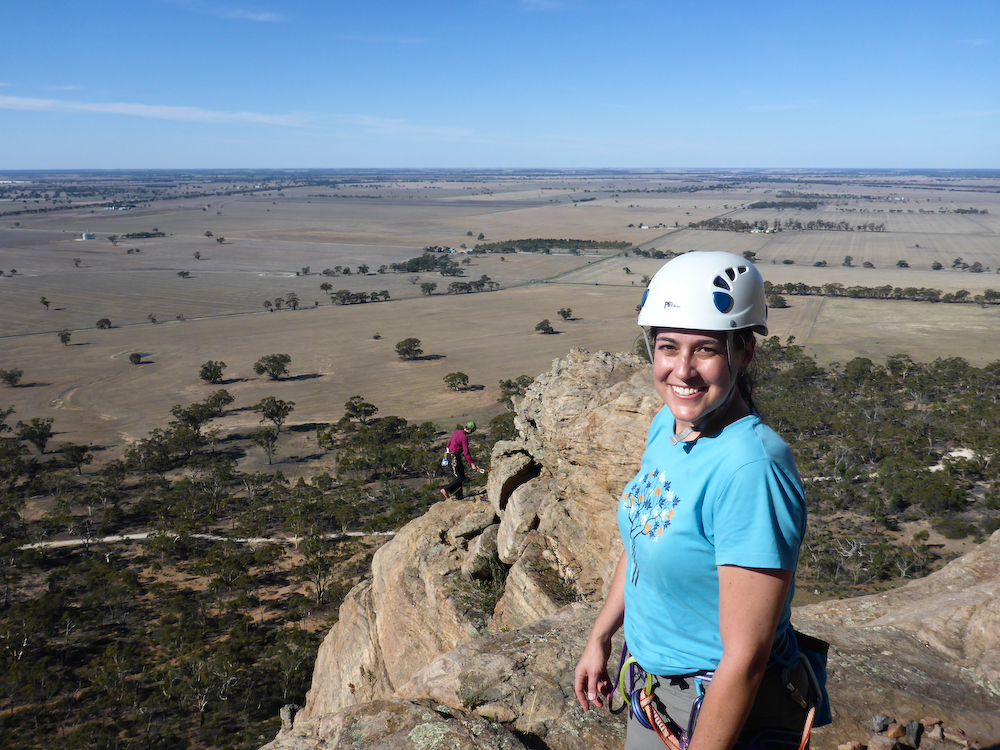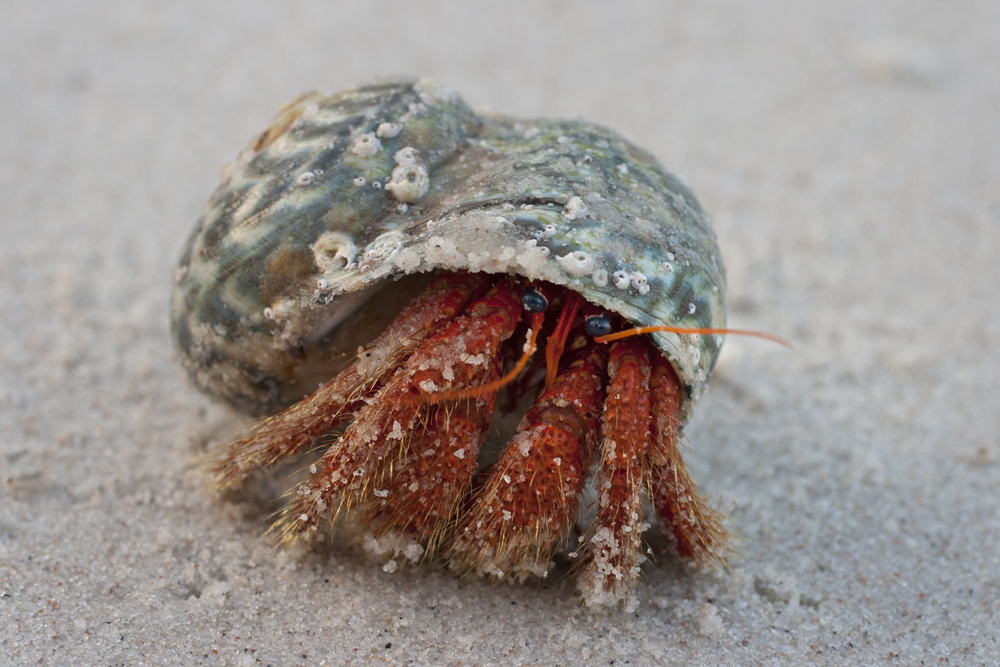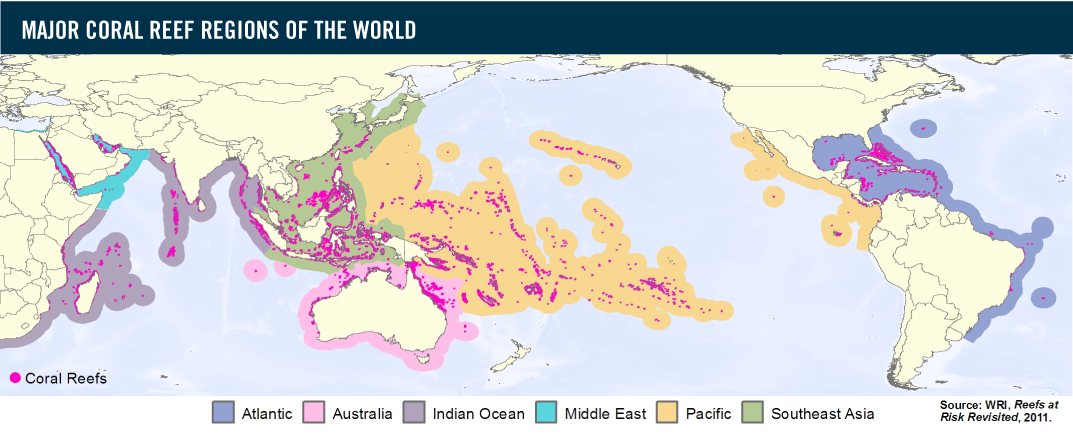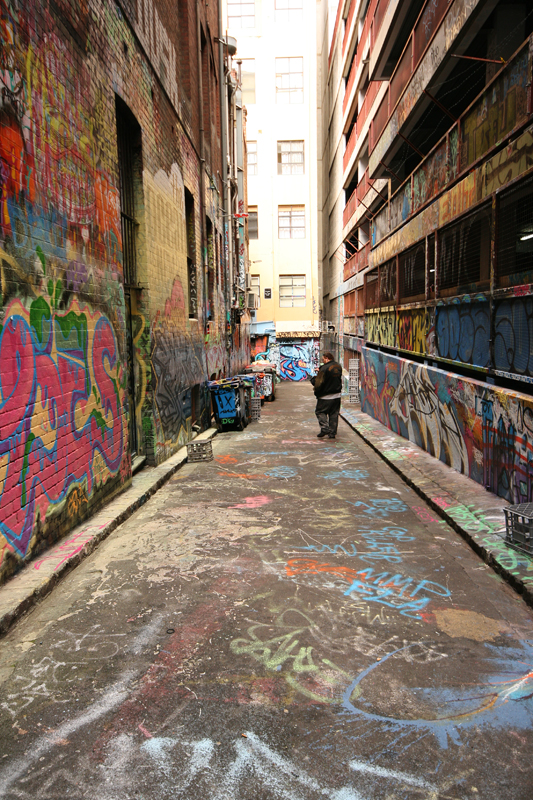The shape of things to come
A brighter future for people and planet
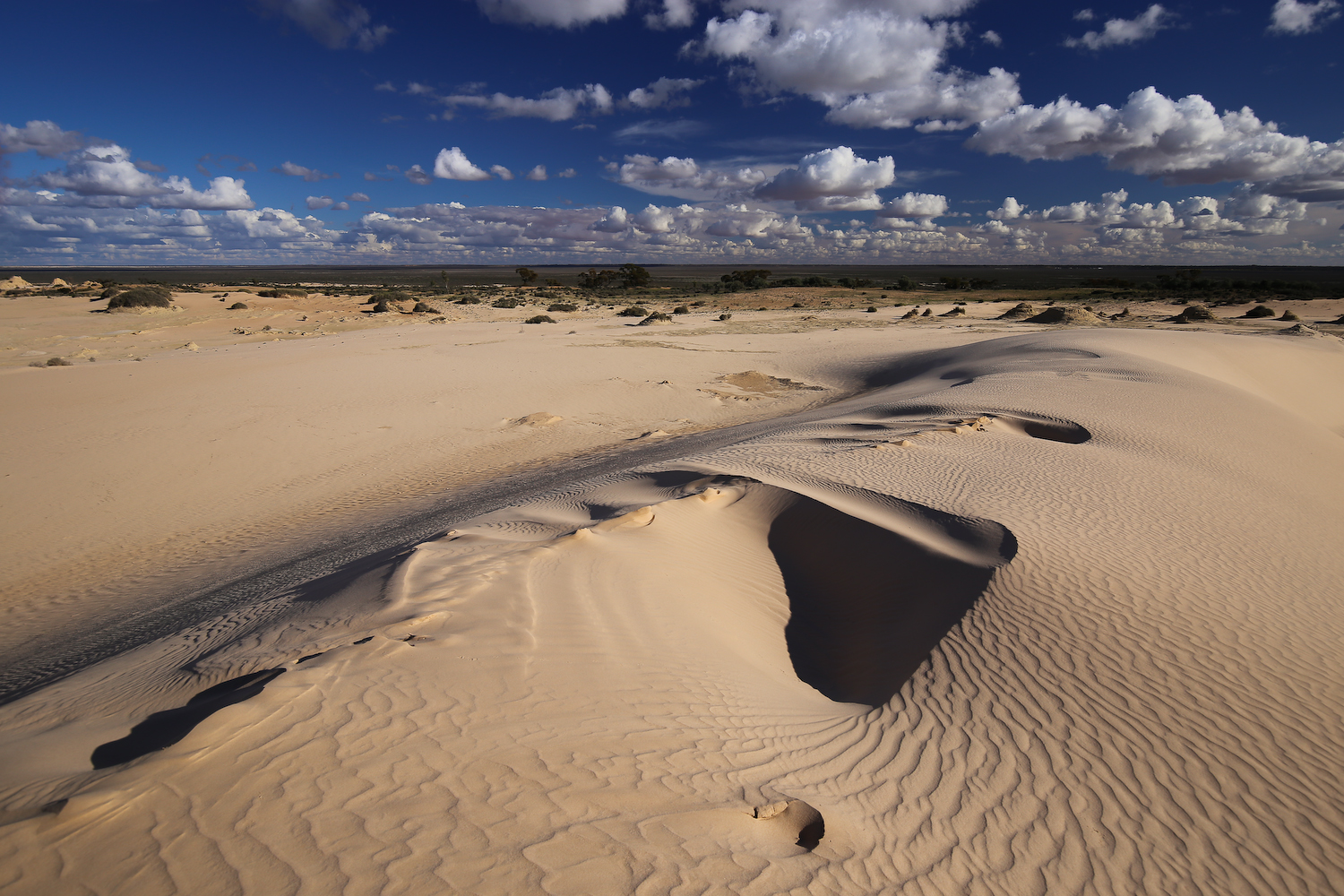
I’ve been quiet here for a very long time.
What has there been to say? I’ve no words of hope or inspiration. No candle to hold against the dark.
As the years accrue, so too do the problems. We’re living through polycrises: great tectonic shifts in the way our planet functions, the implications of which we still don’t really understand. Climate change is beginning to bite, with record-smashing droughts, floods and fires, the beginnings of mass displacement and famines. Biodiversity is in freefall, fertile soils are disappearing, we’re still living through the covid pandemic and new data on pollutants shows that every place and each one of us is contaminated with microplastics, PFAS and other ingenious human inventions. Inequality is on the increase, globally, alongside a turn to authoritarianism, right wing populism and intolerance. We’ve atrocities in Ukraine and Gaza. Afghanistan, Sudan, Myanmar, Yemen and Syria still smoulder. Trumpian politics threatens the United States once more.
Peaceful co-existence and multi-cultural harmony are artefacts of stable, largely equal societies where citizens feel enough of an abundance to welcome and share. Complex problems require multifaceted solutions and difficult compromises, backed by a willingness to change. Political populism and partisanship, unpinned from fact in our post-truth era and backed by vested interests, undermine our capacity to address the critical needs of our societies and face this difficult future. In the face of so much risk, the richest see only the opportunity to profit, believing sheer wealth and climate bolt-holes will mean they and theirs will survive the turmoil to come, but money won’t buy a functional biosphere, or the social constructs, systems and institutions needed to provide world class medical care and research.
What is there to say in the face of obvious madness?
I’m 45 now. I’ve spent half my life trying to make things better in a world that’s getting worse. I’m questioning if anything has been worth it, feeling like I’ve sacrificed too much for too little and finding it hard to belong much of anywhere after living so much in the spaces people prefer to ignore and avoid. It’s human nature to avoid pain and discomfort, and when you can’t change the system there’s a perverse sense in numbing yourself within it. Surrender to the algorithms, to the continual marketing and dopamine-system hijacking. Elevate the economy to God-King and sacrifice our life systems to it in the hope that poverty will stay someone else’s problem and we can keep the comforts the system buys our loyalty with.
See, this is why I don’t write any more. When there’s no light to shine, what help am I to anyone?
Our problems are structural, yet we’re still sold the lie that the solutions lie in individual choices. No amount you and I reduce, reuse, recycle will fix this mess. No feel-good protest will free us. It’s hard graft to wrest back some political power, to learn to work collectively and make shifts at meaningful scales, and we’re undermined all the way by the systems and structures we’ve built our societies from. How do you convince people to tear down what they depend on? How do you convince people they need to lose – assets, material comfort, perceived security – in order to win? I struggle to even convince myself, let alone find the charisma and strength needed to bring others with me. I’ve utterly failed at finding my tribe and working collectively.
I can’t call on you to sacrifice the things I’m not willing to surrender myself. I too want a safe home, a warm bed, a full belly, the protection of the law and other services of the state. And I’m so very tired. I need to rest.
What is there to say?
Rest. Love. Play. Sing. Talk. Connect. Don’t take for granted what we have while it’s still here. Live.
Photos: Lake Mungo National Park, south-western NSW, Australia
I quit Twitter last year: reached a tipping point one day and hit delete. While I don’t miss what the platform had become, I do miss what it used to be, for me.
Over many years, Twitter was where and how I grew both my professional and personal community. It allowed me to reach, connect and converse with a diverse range of experts and people with rich life experiences. It broke down disciplinary silos and nurtured knowledge sharing. I could learn from and share ideas with scientists, farmers, development professionals, urban planners, lawyers, researchers, policy-makers and local heroes dedicated improving their lands and communities. I met so many people who were generous with their time and knowledge, and connected over shared values of environmental care and social justice.
It was a remarkable time to be online and I remain deeply grateful for the experience. Joy sparks each time I catch one of my Twitter clan on a podcast or panel, when I see a new book with their name on it, or their work makes the news. There’s melancholy too: for the kind souls I met who’ve passed, and the virtual friendships left behind.
It all makes me wonder: how do we best nurture and protect community spaces in the techno-feudal age? The internet is now narrowed and corporatised; “content” farmed for profit replacing the creative wilds of human expression, meaning-making and interconnection. We build ourselves collective spaces only for them to fragment again as the platforms change. Algorithms direct us into passive click-consumption or outrage-driven shallow “engagement”, dissuading deep, nuanced conversation. Yet connection is intrinsic to humanity: we need each other.
Places we can share, learn and grow together are essential, and increasingly rare both on- and off-line. How do we hold space for ourselves as collectives from here?
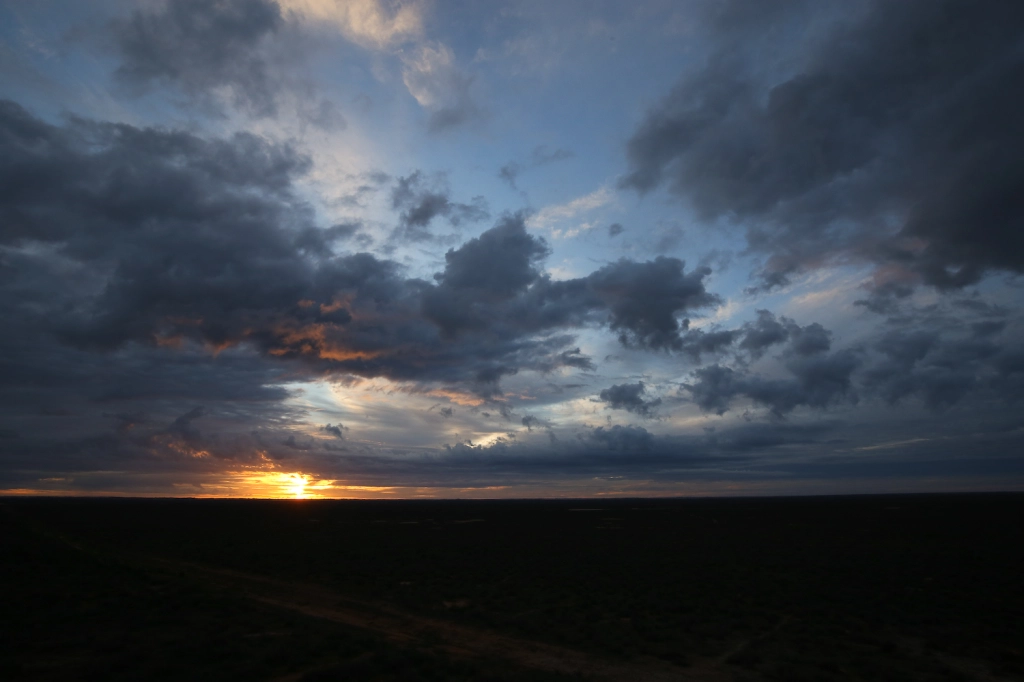
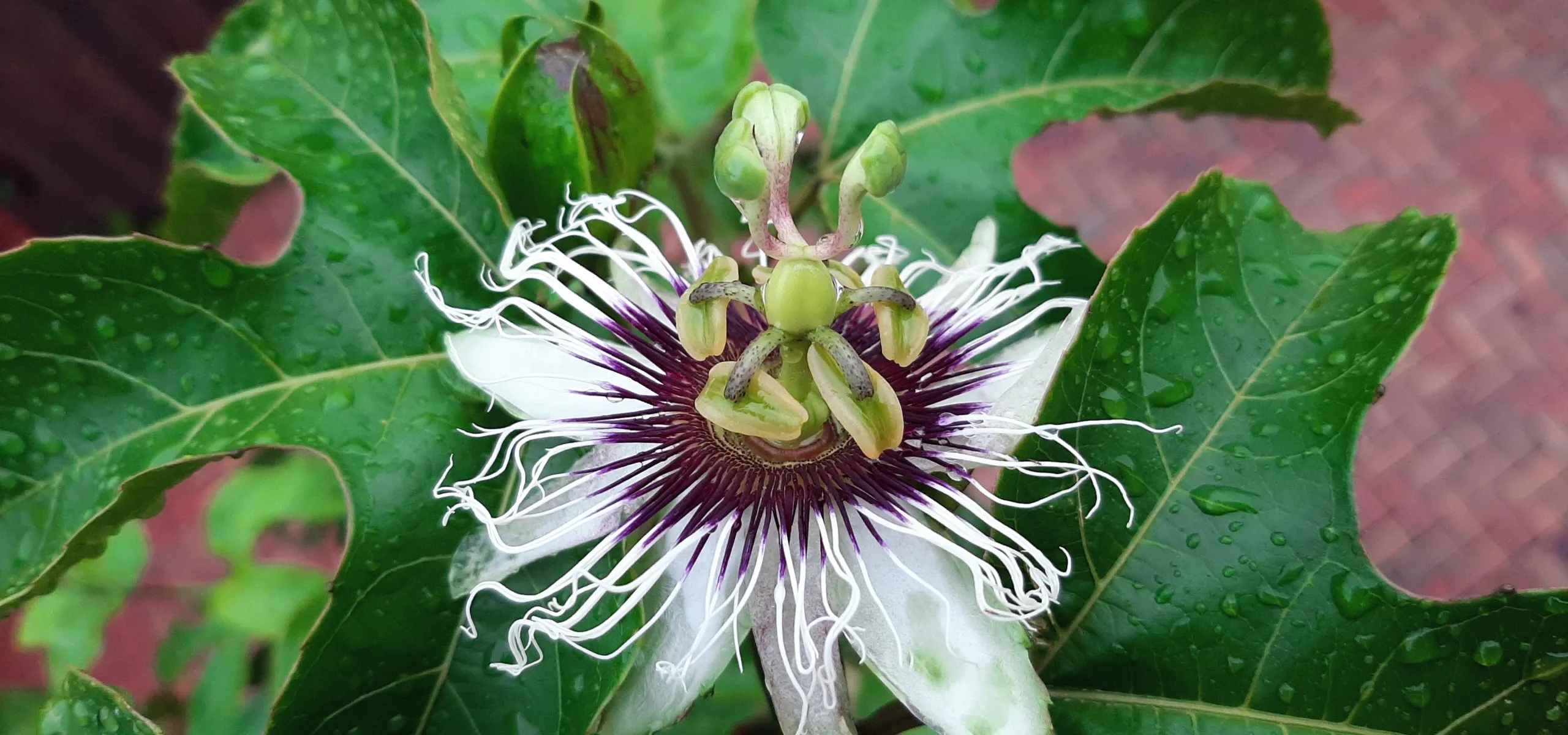
We can build sustainability into the way we already do things, or we can push for systemic change. Each approach has it’s strengths and weaknesses, which are important to think through and discuss to work out what kind of future we want to develop.
I’ve made my own attempts at transportable food gardens in rental housing, though nothing close to a closed loop system.
It’s urban agriculture month, marked by the very welcome and much delayed return of warmer, sunnier weather, and a flurry of talks, events and open gardens here in Naarm (Melbourne). Last night I went along to a screening of Greenhouse by Joost, which tells the story of the closed loop exhibition house developed by Joost Bakker from idea to conclusion.
The flagship of Joost’s Future Food System initiative, the greenhouse operates entirely from the food and energy it generates, and is built from fully recyclable or compostable materials designed to suit modern urban spaces and aesthetics. All nutrients and continuously cycled through system elements including aquaculture, composting, biodigestion and worm farming. The surplus worms feed the fish, the fish waste fertilises plants, the fish and plants feed the humans, the human and organic waste provide natural gas for cooking and hot water, and more nutrients for the plants. It’s an ingenious system designed to make us rethink housing design, materials, land use and other big challenges facing large cities.
Watching it though, a little niggle lodged in my brain. Joost’s solutions and innovations – as valuable as they are – remain tied into the culture of the individual. Running a house like the greenhouse means you need , you need:
- To own property, allowing you to design in core elements like solar and battery power, rainwater harvesting, and biodigestion.
- A site with the right conditions (light, orientation, wind protection, climate, etc.) to produce enough food for the inhabitants.
- To have the resources to cover the high upfront costs (offset long-term, but still requiring that initial injection of capital).
- The time to set up and then maintain the system (Joost reckons half an hour a day to maintain it, though you can’t leave it for more than a couple of days and any maintenance skipped needs to be caught up later).
- The skills and time to cook from first principles and feed your household from what you grow, including unfamiliar and high-labour foods.
My local community garden is a wonderland of shared land, skills, tools, time and abilities, with a mix of individual plots and shared plantings, including composting. We’re interconnected among ourselves and keen to expand connection to the neighbourhood around us, recognising that we represent the more privileged and whiter residents.
So how do we take the significant positives of the greenhouse and apply them to urban and suburban neighbourhoods at the scales we need to meet the project’s lofty goals of reducing waste, improving food security, reducing carbon emissions and cooling our cities? Joost himself believes that there are enough people who love gardening who would be willing to grow surplus for others. That may be true, though we lack systems for effective cooperation and redistribution of surplus home produce. That’s a firm goal to work toward.
Trickier yet critical, I think, is developing shared, collaborative systems that push back against this assumption of individual ownership, accountability and action. Solutions for suburbs with socio-economic stress, high rental rates, little private space. Options for those poor in the time, skills, mobility and social networks required for the Joost model to work. Ways of delivering those sweet benefits to the communities with less, by working at the systems scale.
I’m excited to explore approaches that are intersectional and inclusive, that can work for renters and refugees, the time and money poor, the unskilled and excluded, the disabled and the disconnected.
I’m hungry for ideas on more sustainable food systems that incorporate social justice.
What can we take from community gardens and co-ops and expand? Where do we need to be challenging the regulations, structures and funding models that govern property rights and shared urban spaces? What great ideas have you dreamt up or seen in action? What other domains and initiatives can we learn from to challenge the cultural fantasy that everyone can be a stand-alone home owner?
Let’s talk!
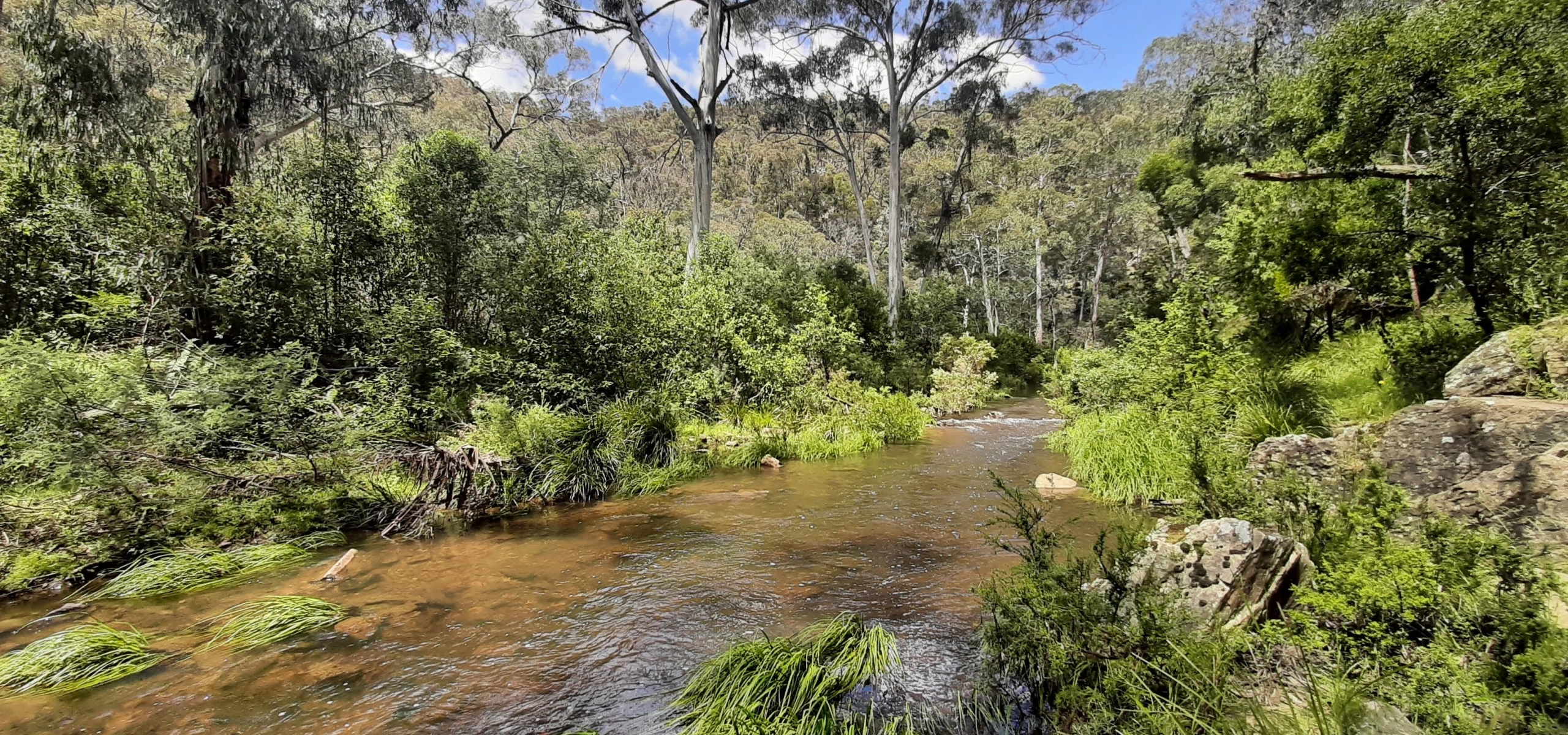
New year’s eve, 2021
Another loop around the sun completed, and like the vast majority of the world, I am exhausted. Living through the combination of grinding pandemic, climate breakdown and political dysfunction really does take it out of you, and the outlook ahead is for ever more of the worsening same.
It’s up to us. Our ability to guard our energies and influences. Our capacity to prioritise action and connection over depression and isolation. Our skills in working individually and collectively to challenge and change the systems and structures around us.
It’s beyond time we moved beyond protest and directed our anger and fear into meaningful, organised action. And its oh so hard to do so when you’re already exhausted.
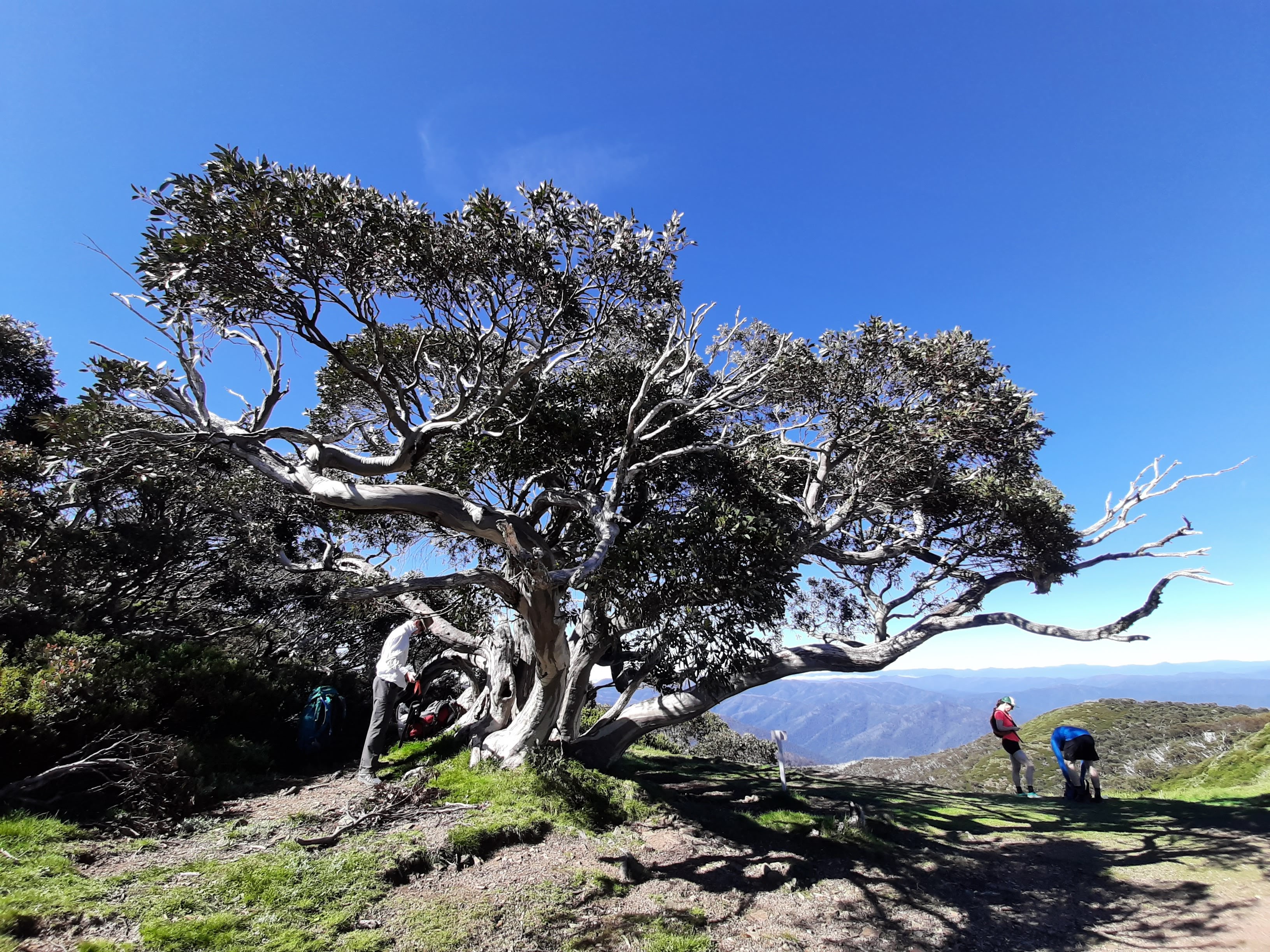
We need to nurture ourselves. To step back from the relentless news cycles and social media screaming. To connect with those who inspire and motivate us. To develop rewarding and constructive ways of working together, exploring this evolving pandemic space and the possibilities and opportunities that come with rapid change.
We can tap into the power of our communities. From school committees to local councils, from sports clubs to libraries, we can grow individual action into something stronger. We can share our skills and build resilience through this time of crisis. We can move beyond the environment movement, stretch ourselves into intersectional collectives that imagine and implement local solutions to shared challenges. We can network and collaborate to reach the scales we need, leading change from the bottom up where we can’t shift the power centres at the top.
We can organise and attend working bees; growing trees, building gardens, cleaning pollution, sharing food, fixing bikes, helping our neighbours and our communities’ most vulnerable.
We can accrue our own power and influence; nominating for Boards, organising for Independent political candidates who share our values, standing for office ourselves. We can move our banking and investments out of fossil fuels and armaments. We can attend shareholder meetings, council meetings, community consultations.

This pep talk is for me. I, who have lapsed into social-media despair and exhausted inaction. Me, who is frustrated by the pointlessness of protest that is ignored by established power. This pep talk is for all of us, who find themselves a little adrift after the stormy seas of the last two years and can see the red sky morning.
In 2022, I am:
- Signing up for my local community garden
- Growing and planting native plants for the Tree Project
- Visiting the community centre and library, to see what groups exist that share some of my values, and/or creating one
- Participating further in Regen Melbourne, making connections and collaborating to support shared aims and learning to make change happen
- Curating my social media feeds and reducing my online exposure to emphasise possibilities, opportunities and supportive networks
- Using my networks, skills and knowledge to connect others and contribute to actions that are bigger than myself and my personal sphere of influence.
Inspire, support, soothe and assist each other. It’s up to us, together.
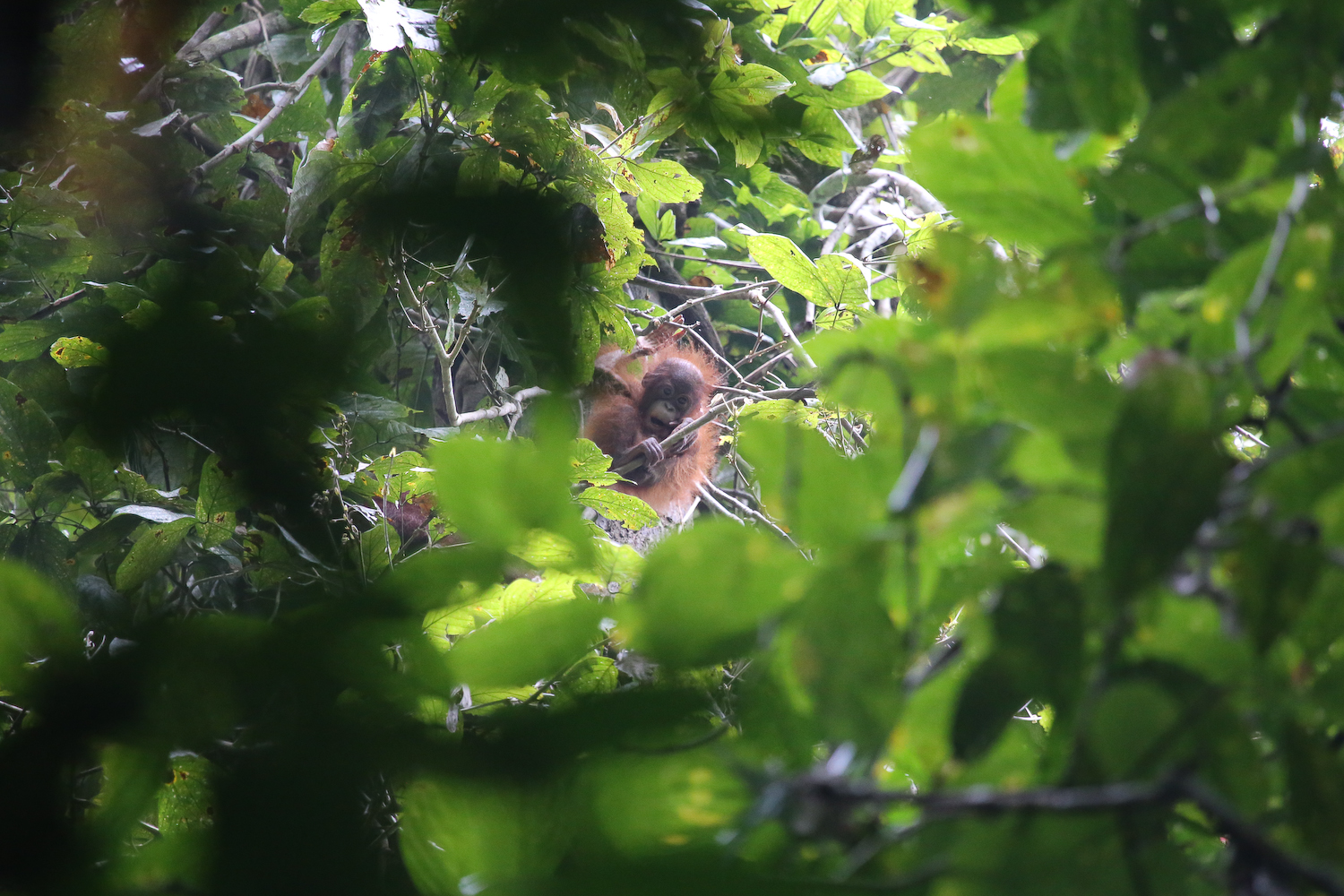
Well hello there 2019. Didn’t you turn up rather suddenly!
It’s been a while. What have you been up to? Tell me what feed your hope these days.

Today is Earth Day.
I’ve spent it as I’ve spent most of the last eight weeks: inside, buried under required readings, assignment work, lectures and tutorials. While post-graduate study is challenging and intellectually rewarding, studying how to better care the environment feels like it is temporarily disconnecting me from much of it. My current life is very urban. I live and study in the inner city, surrounded by concrete, glass and steel. There’s precious little greenery and no wildness about Melbourne, but this, too, is the environment. This too is Earth.
When we think about environmentalism, about sustainability, about nature, we hold images in our mind like the photo above: a vast swathe of unspoilt Amazon rainforest. Places that take our breath away and make us want to protect them. Animals that inspire a sense of awe and wonder. This, we think, is worth protecting.
What about the every day places, the spaces we inhabit in our daily lives? This is our environment on the most intimate level: the space we interact with daily; the air we breathe, the ground we tread on, the food we eat. We are part of nature and these are the environments we create for ourselves. How then to value our cities and towns, these modified spaces? How to value properly the spiders, whose unappreciated efforts keep insect numbers down. How to value trees transplanted from elsewhere that never-the-less produce oxygen and filter pollution, anchoring themselves into paved-over soils and somehow staying alive? What about the once-wild streams now concreted and hidden beneath us? What about the pigeons and the sparrows that somehow manage to thrive here? This too is nature.
Today is Earth Day: a reminder to care for this planet and the forms of life that depend on her. A reminder that this planet is our environment, that we are part of nature: it shapes us as much as we shape it. The environment is not just the mystique of the Amazon or the brilliance of the Great Barrier Reef, it is the here and now of you and I, and how well we understand that, how we choose to value that, matters.
Today and every day in this still-unfamiliar city I am grateful: for the clean air I breathe, for the urban creeks I cycle by, for the exotic street trees in their autumnal glory, for the spiders and the sparrows, for the sky and wind and rain. This is my environment; something to care for, to protect and improve. After all, it’s keeping me alive.
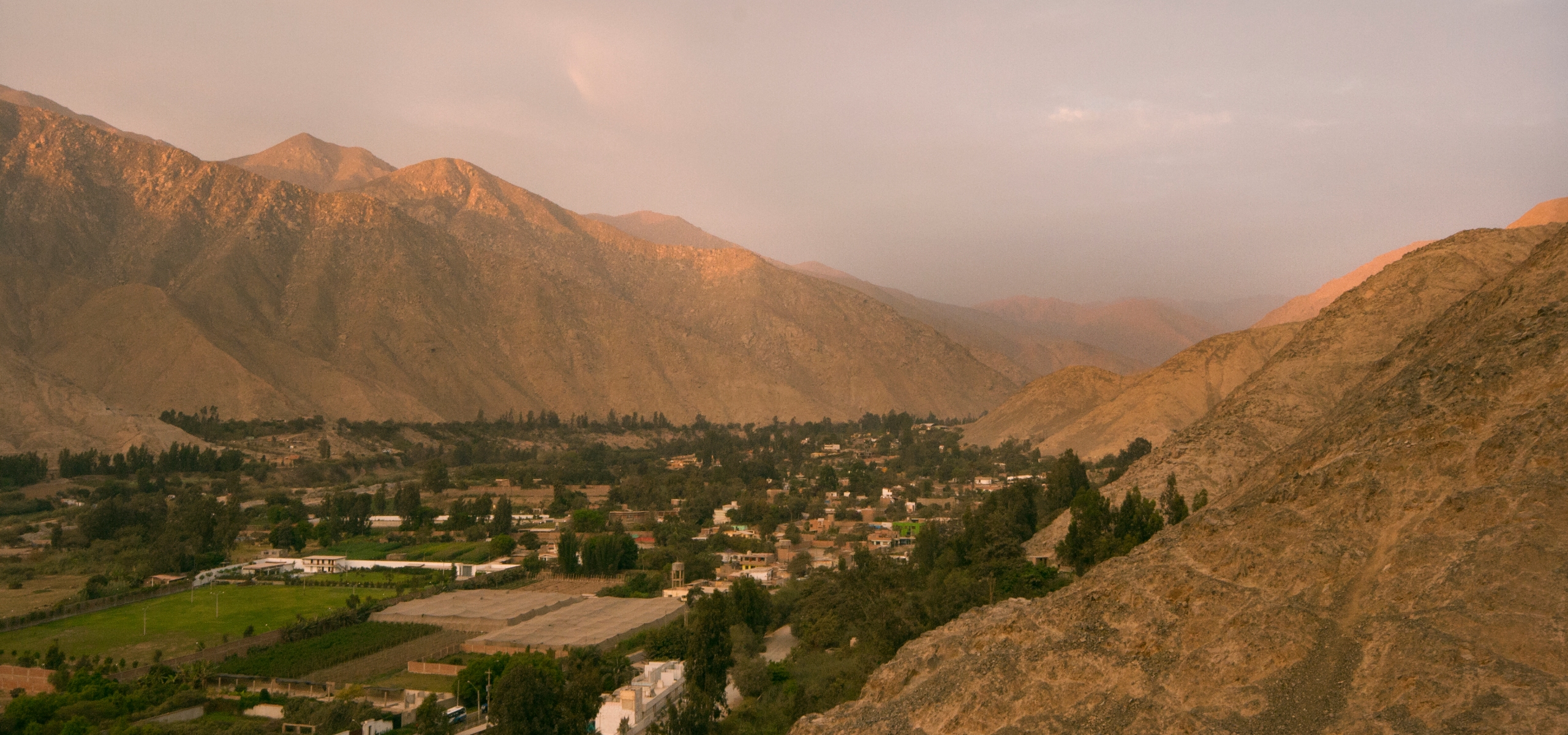
The COP20 kicks off here in Lima tomorrow, which is kind of a big deal.
What is the COP20?
COP stands for “Coalition of the Parties”, which is United Nations-speak for meetings of the countries participating in the United Nations Framework Convention on Climate Change, and this particular meeting is called the COP20 as it is the 20th such meeting of the Parties.
Previous COPs worth mentioning include:
- 1995: COP 1, Berlin, Germany – the Berlin Mandate to act against climate change, which shows how long we’ve been talking about this stuff for.
- 1997: COP 3, Kyoto, Japan – the signing of the 1st COP agreement, the Kyoto Protocol on Climate Change
- 2001: COP 6, Bonn, Germany – the USA under George W Bush rejects the Kyoto Protocol
- 2009: COP 15, Copenhagen, Denmark – International negotiations for a new post-Kyoto agreement fail in spectacular fashion. Pretty much every meeting since has been about picking up the pieces.
How big a deal is all this?
For the next 2 weeks the representatives of all the member parties – all 196 of them – will be talking here in Lima. These representatives of the majority of the world’s governments aim to negotiate new global agreements on greenhouse gas emission reduction and climate change mitigation. The measures developed during these 2 weeks will be further tweaked then formally signed into being next year at the COP21 in Paris.
So why do these agreements matter?
The best understanding of the science indicates that an average global temperature increase of 2oC (3.6oF) is now the MINIMUM increase guaranteed to happen this century, and that even the best agreements at the COP can’t stop that from happening. The climate is already changing now, and the social and environmental impacts of that 2+oC change are already appearing. Here in Peru glaciers are disappearing, agricultural productivity is declining and water shortages are emerging, and it’s only going to get worse. We know the world is shifting, and that these changes are going to be economically, socially and ecologically significant.
Left un-checked, climate change, will irreversibly change the natural resources (soil, water, forest, oceans, air) we depend upon, with permanent effect on where we live, what and how much we eat, and just how many human beings can survive on our planet. Competition for decreasing natural resources will cause wars. There will be food shortages not just in poor countries, but rich countries too. Increased frequency and severity of climate-linked natural disasters, like hurricanes, droughts, heat waves, cold-snaps, floods and fires, will affect all of us. Read More


